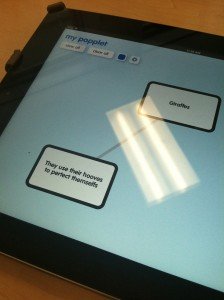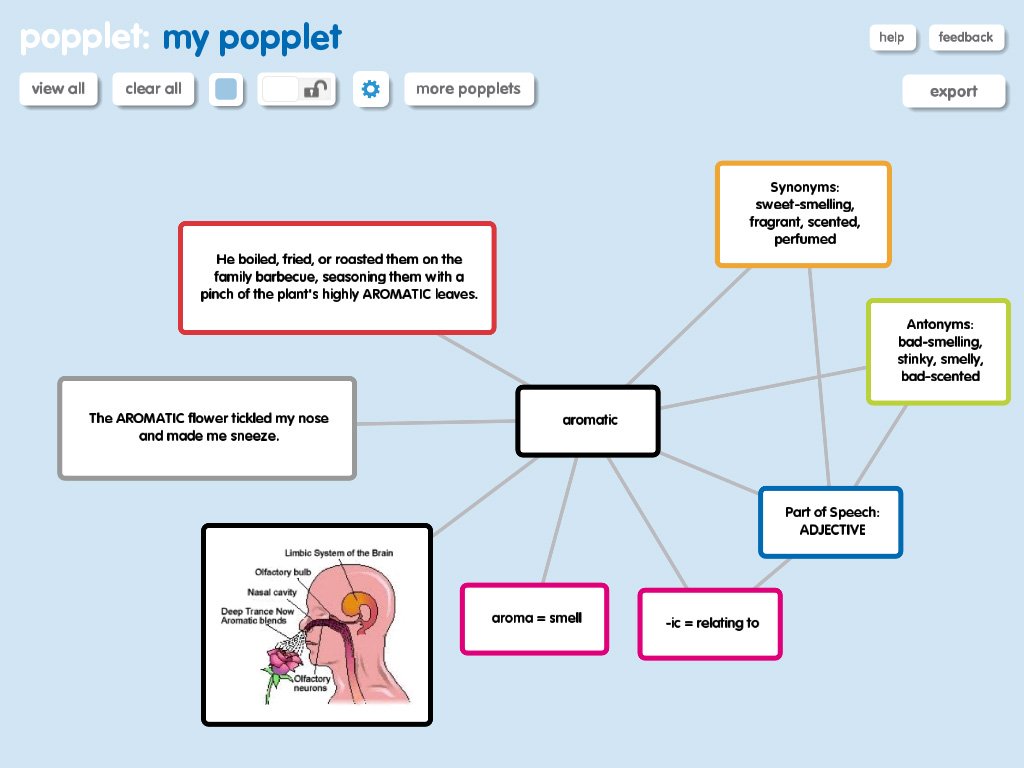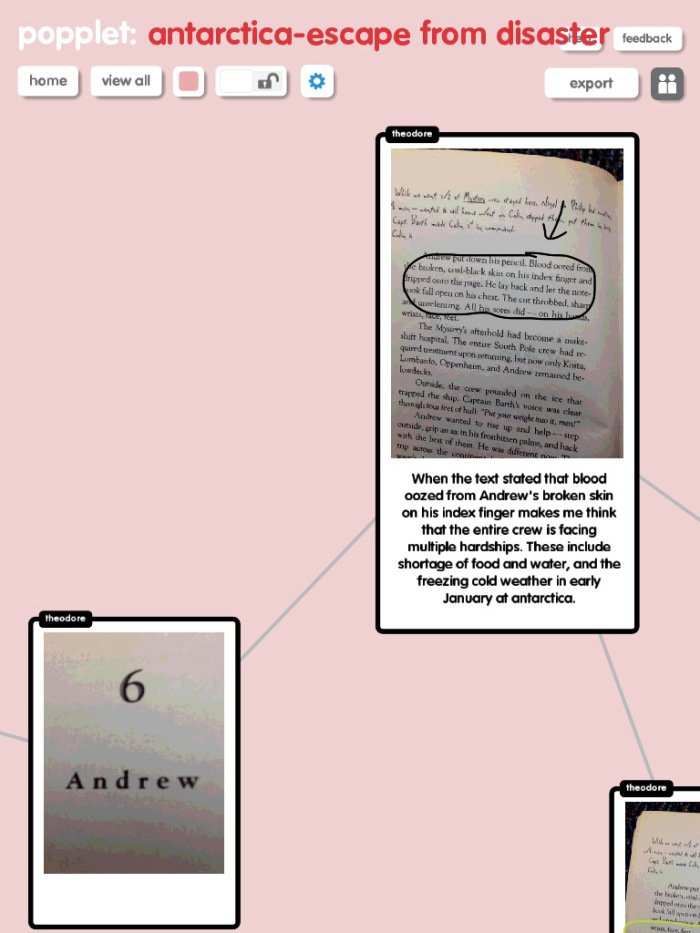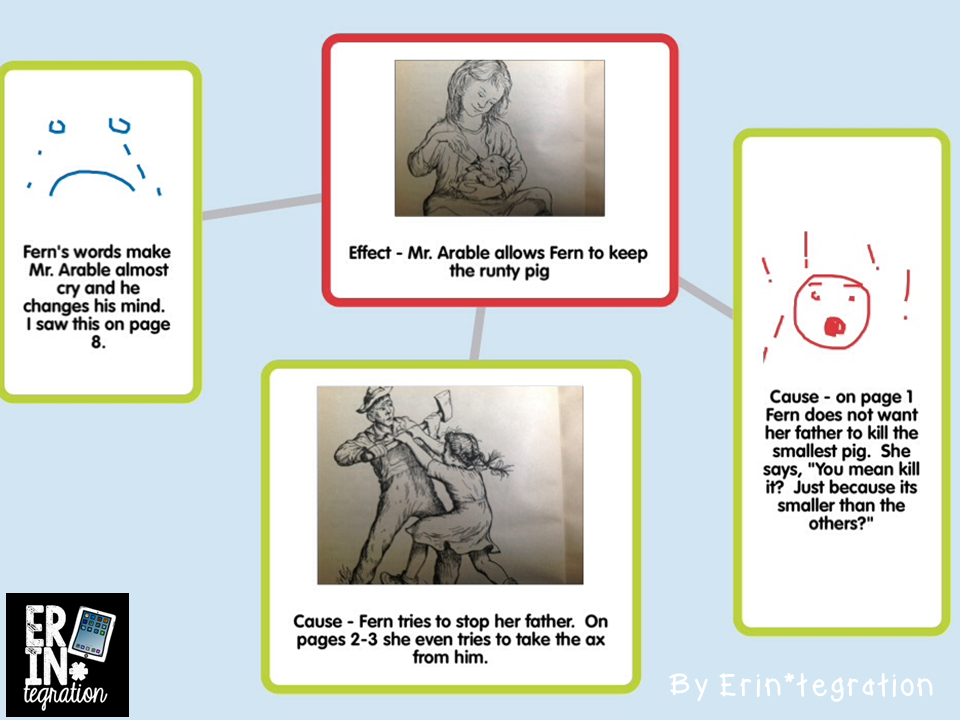Learning to read is not something that everyone fully remembers. For those who do recall, memories range from the forgettably nondescript, to the gloriously inspirational to the harrowingly painful. However memorable our early reading days are, one thing is certain: those early lessons in deciphering meaning from symbols are the beginning of one of life’s most impactful experiences, and for many represent the beginning of a lifelong activity, the nature of which exerts a strong influence on their future.
“Literacy is a fundamental human right and the foundation for lifelong learning. It is fully essential to social and human development in its ability to transform lives. For individuals, families, and societies alike, it is an instrument of empowerment to improve one’s health, one’s income, and one’s relationship with the world.” UNESCO
Unlike some other essential skills such as speaking, walking and eating, there is no evidence that human beings possess any innate reading ability whatsoever, which means we have to start from scratch, firmly placing the littlest of feet at the base of the steepest of learning curves. How to begin such a formidable task? Well, according to the experts, the process begins before children ever set foot in the classroom.
Tufts University cognitive neuroscientist and child development expert Maryanne Wolf identifies five stages in the reading development process in her book, Proust and the Squid: The Story and Science of the Reading Brain:
- The emerging pre-reader is an essential stage which occurs before children go to school and before they understand what the words on the page mean. In a literate culture, a child sees, feels, listens and absorbs the written language around them. This is the time of picture books and bedtime stories.
- The novice reader thrives on books with words and pictures, where words at some point become elevated. Spanning and connecting writing, spelling, vocabulary, pronunciation, listening and speaking; the shapes that are words, take on meaning.
- The decoding reader uses concepts and things that they encounter. Fuelled by vocabulary and grammar, learners start to see and comprehend the patterns of language and the formation of words. They employ strategies and they grasp to understand.
- The fluent comprehending reader goes deeper; below the surface of the text they start to recognise irony, humour, metaphor and point of view. They accept new information easier, so they can evaluate, change and move forward, gaining more knowledge.
- The expert reader is paying attention. All the cognitive processes and strategies, developed in previous stages, come into play unawares when the expert reader focusses. How many times have you begun to read a text and been unable to tear your eyes away despite impending negative consequences?
We took a look at how Popplet is playing its part in the in the reading classroom: enriching and facilitating the experience of learning to read at different stages of the process, and assisting young readers on their journeys from curious novices to passionate experts.
Pictures, Sounds and Words
When reading a picture book with a preschool child, you see the child’s attention is commanded almost entirely by your voice and the fascinating, colorful images on the page. At some point, children start to notice words and make connections between what they hear and see. Welcome to the world of the novice reader: listening, looking, connecting. There’s a lot going on, and it’s all so much fun!
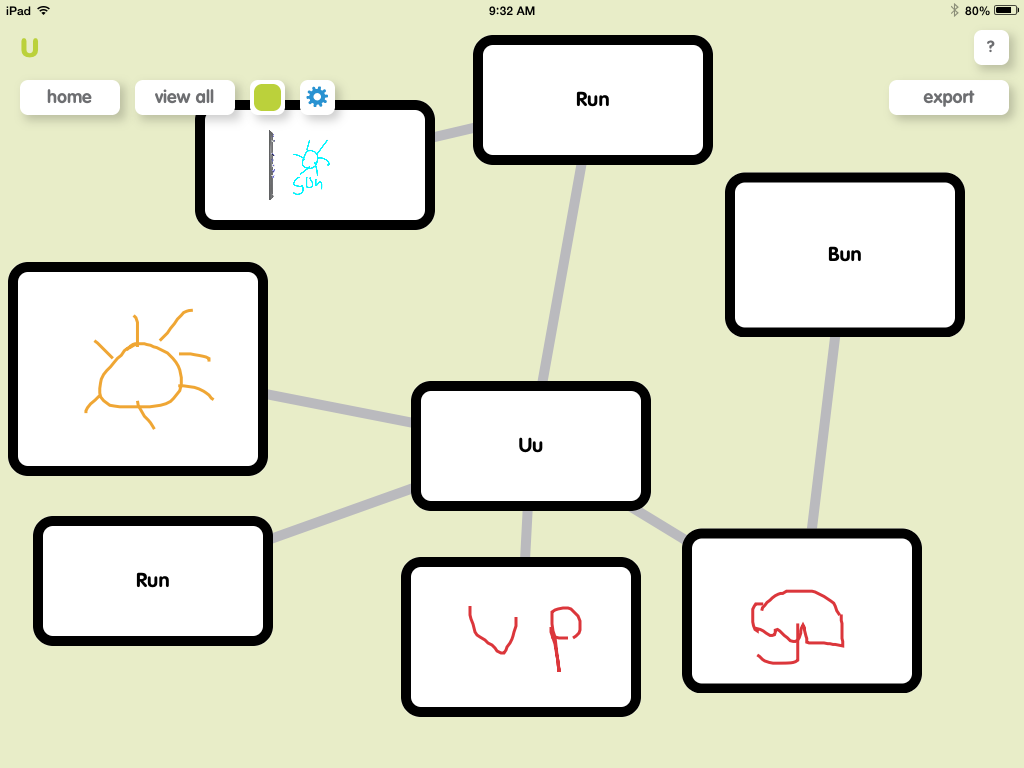
This Popplet came from the classroom of kindergarten teacher Melissa Waltz. In her recent article, she describes the multiple ways she makes use of Popplet in her reading classes. In the above example, words with matching sounds and images have been added to a popplet and connections have been visualised. Students also have drawn their own images, increasing their participation and engagement. This activity could be linked to a specific book or text to facilitate increased comprehension or quite simply used as an activity to connect words with corresponding images. Students could then save and print their creations to display them in the class, at home or use them for revision.
Close Reading
Engaging very young children in a reading activity can be challenging, but if they are going to learn to read, then they are going to have to read. Close Reading, the careful and purposeful study of a text, provides such an opportunity. Rather than just read, students reread and reread building understanding of what is being said.
First Grade Adventure, recently posted their experience in their article, Close Reading Strategy – Main Idea and Details with Technology, where they used Popplet in their Close Reading class activity with a text about giraffes. Here’s what they did:
- First they talked about everything, the text, the subject, possible main ideas…everything!
- Then they formed small groups
- Next they created a Popplet on their iPads and wrote their main ideas from the text in a popple
- When each group member had an idea, they added it in a separate popple.
The students were then able to refer to their Popplets when reading the text and discuss, and contrast and compare their thoughts.
The Vocabulary Puzzle
It’s difficult to imagine the scale of the task facing young learners on the edge of discerning the meanings of words, along with the relationships between them and the rules which govern their formation. Fortunately, kids tend not to think too much about such things and are content just to soak up all the words that come their way with all the ideas that interest them. Despite this they still need direction, and the immensity of the task means that teachers need to be on hand to help as much as they can. One of the most common and effective vocabulary learning resources are graphic organisers like Popplet which are use to form Word Webs, graphic illustrations which show how keywords or concepts relate to each other. Like this one:
The above Popplet, from an article by Teacher and Writer Paul Emmerich, uses the adjective “aromatic” as a keyword. Based on the Frayer Model, this Word Web contains antonyms, synonyms, part of speech, word root definition, suffix information, two sentences using the word in context, and as if that weren’t enough there is also an anatomical diagram of the olfactory system! As is clearly demonstrated, Word Webs provide a wealth of information and are a proven and effective tool in teaching vocabulary. Popplet Word Webs have many advantages:
- Highly flexible and can be utilised in multiple ways adapting to students level, area of study and learning objectives
- Provide a concentration of ideas into one visual, resulting in a rich, broad range of information
- Facilitate connections between existing ideas and new ideas
- Connections can be added and information classified by color
- Students can draw images, strengthening connections and engagement
- Students can collaborate, or be asked to create personalised Word Webs catering to their specific strengths and weaknesses
- Wordwebs can be saved, shared, added to, printed and reviewed for assessment or revision purposes.
Individual and Guided Reading
Once some of the more sizeable pieces of the puzzle are in place, learners might just start to read for fun. At the very least, when they do read, they will possess just enough subliminal knowledge of grammar and vocabulary, and sufficient worldly wisdom to turn their attention to the details of the what they are reading. For the majority, such details may well include Princesses, Wizards and faraway places – the world of fantasy provides a secure environment to practise and improve their new reading skills. With fluent comprehending readers, classroom activities tend to motivate students to dig a little deeper by analysing plot, themes and characters: developing analytical skills which they will continue to apply future texts, be it fiction or non-fiction, with increasing confidence.
Apple Distinguished Educator, and 5th grade teacher Katharine Hale, uses Popplet in a range of activities in her Enhance Reading Workshop Wth Popplet, which includes Independent Reading and Guided Reading.
Individual Reading lets students read a text on their own and form their own ideas and opinions. In Katharine’s workshop students create Popplets that contain ideas and evidence found in the text they read, they can then use these to identify patterns or themes. They mainly produce popplets of character traits like this one:
Students can take a picture of the relevant text and add it to their Popplet, and add notes showing where their ideas appear in the text.
Guided Reading is a popular and productive activity found in most reading classes. Usually performed in small groups, it allows for differentiation between levels within a class and permits each group to have different objectives. Students each add the thoughts and ideas they have about what they are reading and discuss these with their classmates, sharing and deepening their understanding of the text. With Popplet, they can collaborate, add images and photos of important text and even comment on their classmates ideas. Teachers can easily monitor progress, suggesting further discussion where necessary.
The Plot Thickens
In her article, Teach Reading Strategies With Popplet, 3rd grade Teacher Erin Flanagan, shows how she had her students create character trait webs to practise cause and effect to deepen their understanding of texts.
By writing the “effect” in one popple, students are engaged by finding and connecting “causes”. With a limitless supply of popples, students can create large chains, photographing and adding relevant sections of text.
Assessment and Revision
Having students create Popplets as visual representations of their reading comprehension, whether individually or in groups, will provide a valuable record of their thoughts and progress. From this record, a student’s level can be ascertained, their progress measured and their learning objectives adapted to best meet their needs. The visual mind maps created using Popplet can also serve as indispensable tools when it comes to revision time. Something to consider if you are a busy teacher.
Learners might pick up a book, they will almost certainly pick up an iPad. If you ask them to create a popplet as part of their reading study, they will surely certainly pick up both. With literacy, as in many other areas of learning, the stakes are high and integrating Popplet into reading classes to help young learners get the most out of their class time is proving to be beneficial to many.
Interested in finding out more? Take a look our article Everyone’s a Writer Now: Popplet in the Writing Class.
How are you using Popplet in your reading classes? Share your experiences with us, and our community on Twitter and on our Facebook page.
